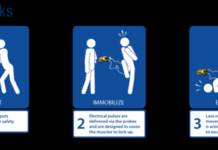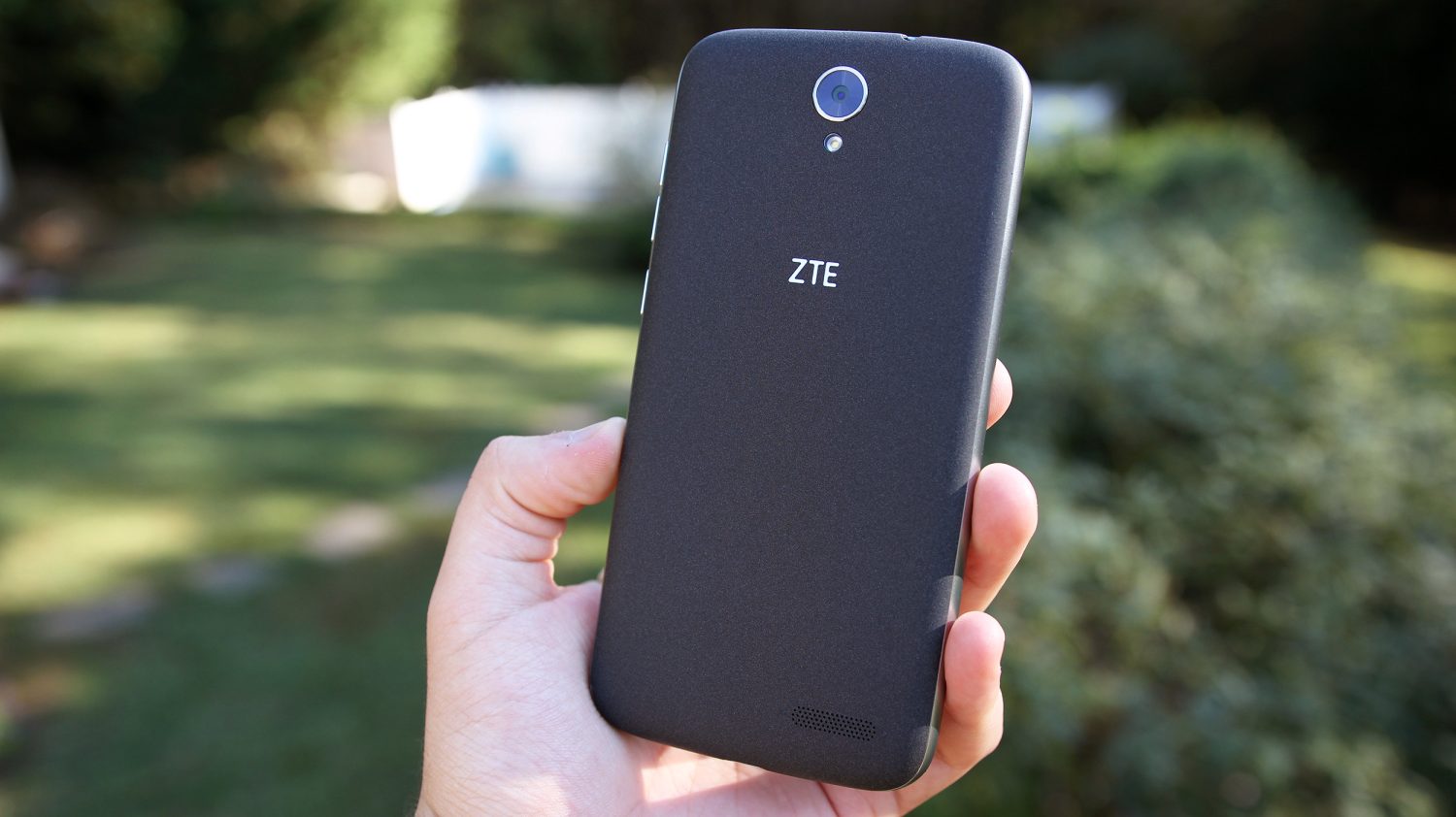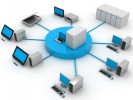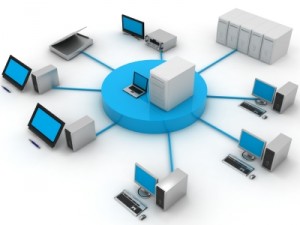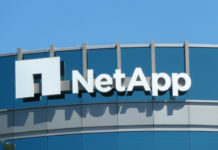Computer network is a network which allows computer system to exchange data between each other . Each system is termed as a node. Each node in a network can interact over wired or wireless medium.
Two devices are said to be networked when a process in one device is able to exchange information with a process in another device. Communication protocols define the rules and data formats for information exchange. The most well-known communication protocol is TCP/IP, also known as the Internet protocol suite.
Network Medoum Types :
-
Wired Technology
– Twisted-Pair Cable
It is the most widely used medium for all telecommunication. Twisted-pair cabling consist of copper wires that are twisted into pairs. Ordinary telephone wires consist of two insulated copper wires twisted into pairs. Computer network cabling consists of 4 pairs of copper cabling that can be utilized for both voice and data transmission. The use of two wires twisted together helps to reduce crosstalk and electromagnetic induction.
– UTP Cable
UTP cable is a medium that is composed of pairs of wires , UTP cable is used in a variety of networks. Each of the eight individual copper wires in UTP cable \is covered by an insulating material. In addition, the wires in each pair are twisted around each other.
– Optical Fiber
An optical fiber is a glass fiber. It uses pulses of light to transmit data. Some advantages of optical fibers over metal wires are less transmission loss, immunity from electromagnetic radiation, and very fast transmission speeds of up to trillions of bits per second. One can use different colors of lights to increase the number of messages being sent over a fiber optic cable.
– Coaxial cable
Coaxial cable consists of a hollow outer cylindrical conductor that surrounds a single inner wire made of two conducting elements. One of these elements, located in the center of the cable, is a copper conductor. Surrounding the copper conductor is a layer of flexible insulation. Over this insulating material is a woven copper braid or metallic foil that acts both as the second wire in the circuit and as a shield for the inner conductor. This second layer, or shield, can help reduce the amount of outside interference.
-
Wireless Technology
– Terrestrial microwave – Terrestrial microwave communication uses Earth-based transmitters and receivers resembling satellite dishes. Terrestrial microwaves are in the low-gigahertz range, which limits all communications to line-of-sight. Relay stations are spaced approximately 48 km (30 mi) apart.
– Communications satellites – Satellites communicate via microwave radio waves, which are not deflected by the Earth’s atmosphere. The satellites are stationed in space, typically in geosynchronous orbit 35,400 km (22,000 mi) above the equator. These Earth-orbiting systems are capable of receiving and relaying voice, data, and TV signals.
– Cellular and PCS systems use several radio communications technologies. The systems divide the region covered into multiple geographic areas. Each area has a low-power transmitter or radio relay antenna device to relay calls from one area to the next area.
– Radio and spread spectrum technologies – Wireless local area networks use a high-frequency radio technology similar to digital cellular and a low-frequency radio technology. Wireless LANs use spread spectrum technology to enable communication between multiple devices in a limited area. IEEE 802.11 defines a common flavor of open-standards wireless radio-wave technology.
– Infrared communication can transmit signals for small distances, typically no more than 10 meters. In most cases, line-of-sight propagation is used, which limits the physical positioning of communicating devices.
– A global area network (GAN) is a network used for supporting mobile across an arbitrary number of wireless LANs, satellite coverage areas, etc. The key challenge in mobile communications is handing off user communications from one local coverage area to the next. In IEEE Project 802, this involves a succession of terrestrial wireless LANs.















